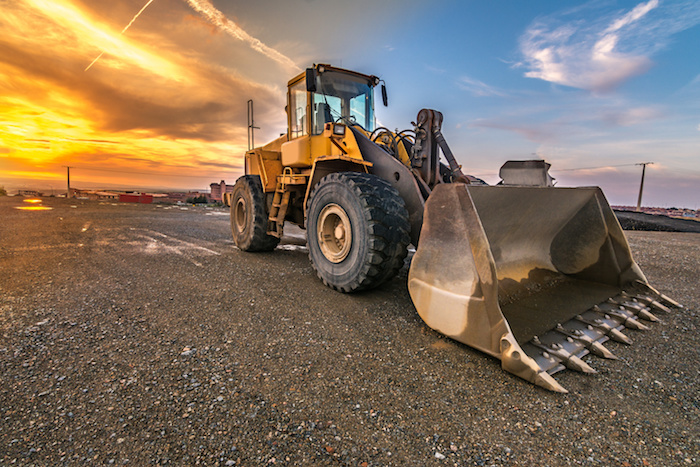Leasing Vs. Purchasing Building And Construction Devices: Making the Right Selection for Your Project
When starting a construction project, among the important decisions that project supervisors and stakeholders face is whether to lease or acquire building devices. Both choices have their drawbacks and advantages, making the option an essential one in the project planning procedure. The choice depends upon numerous variables such as price factors to consider, job duration, devices maintenance, versatility, scalability, and risk management. Each aspect plays an important role in figuring out one of the most ideal course for the project's devices demands. forklift rental. Let's check out these factors additionally to recognize how they affect the decision-making process and inevitably the success of the job.
Cost Considerations
Renting devices usually needs lower preliminary settlements compared to buying, making it an attractive choice for short-term projects or service providers with spending plan restrictions. In the lengthy run, continually leasing tools can accumulate greater expenses than buying, particularly for prolonged projects.
On the other hand, purchasing construction devices entails higher upfront prices but can lead to long-term cost savings, particularly for long-term tasks or constant users. Possessing tools supplies flexibility, benefit, and the possibility for resale worth once the project is finished. In addition, owning devices permits modification and familiarity with certain machinery, potentially boosting effectiveness and productivity on-site. Eventually, the decision between leasing and purchasing building and construction devices rests on the job's period, regularity of use, spending plan factors to consider, and lasting monetary objectives.
Job Period

Alternatively, for long-lasting projects or recurring construction work, acquiring equipment can be the more cost-effective choice. Buying equipment can result in cost financial savings in the lengthy run, particularly if the tools will be regularly utilized. Moreover, owning tools provides a feeling of control over its accessibility and enables personalization to fit specific task needs.

Devices Upkeep
Provided the important function job duration plays in identifying the most cost-effective strategy between renting out and purchasing building and construction tools, the focus currently changes in the direction of analyzing the important facet of tools maintenance. On the various other hand, having equipment calls for a positive strategy to maintenance to avoid failures, ensure safety and security, and expand the equipment's lifespan. Inevitably, a well-kept building and construction tools fleet, whether rented or possessed, is important for the reliable and successful completion of building and construction projects.
Adaptability and Scalability
In the realm of building devices administration, the facet of flexibility and scalability holds considerable relevance for job effectiveness and source use. Deciding to rent construction devices provides click site a high degree of adaptability as it allows for the quick adjustment of tools types and quantities based on the advancing demands of a task.
Renting out building and construction tools offers the benefit Extra resources of conveniently scaling operations up or down as task demands vary. Contractors can quickly include or exchange equipment to match the project's changing demands without the constraints of having properties that may come to be underutilized or obsolete.
Risk Administration
Efficient threat monitoring in building and construction equipment operations is vital to guaranteeing project success and mitigating possible financial losses. Building and construction jobs inherently entail various dangers, such as devices breakdowns, mishaps, and task delays, which can dramatically affect the task timeline and budget. By thoroughly taking into consideration the dangers connected with owning or renting out building equipment, task supervisors can make educated decisions to lessen these prospective hazards.
Renting building and construction equipment can use a level of threat mitigation by moving the responsibility of upkeep and fixings to the rental firm. This can lower the monetary burden on the task owner in instance of unexpected tools failures (forklift rental). In addition, renting out supplies the adaptability to gain access to specialized tools for details job phases, lowering the risk of having underutilized equipment
On the various other hand, having building and construction tools provides a sense of control over its use and maintenance. Nonetheless, this additionally indicates bearing the full obligation for repair services, maintenance prices, and devaluation, boosting the monetary dangers related to tools possession. Cautious danger analysis and consideration of factors such as project period, devices usage, and upkeep needs are crucial in figuring out one of the most ideal alternative for effective risk administration in building projects.
Final Thought
Finally, when determining in between purchasing and renting building and construction equipment, it is essential to consider cost, project duration, equipment upkeep, scalability, risk, and versatility management. Each aspect plays an important function in figuring out one of the most appropriate choice for the task available. By meticulously reviewing these aspects, project supervisors can make an informed choice that aligns with their budget, timeline, and general job objectives.
